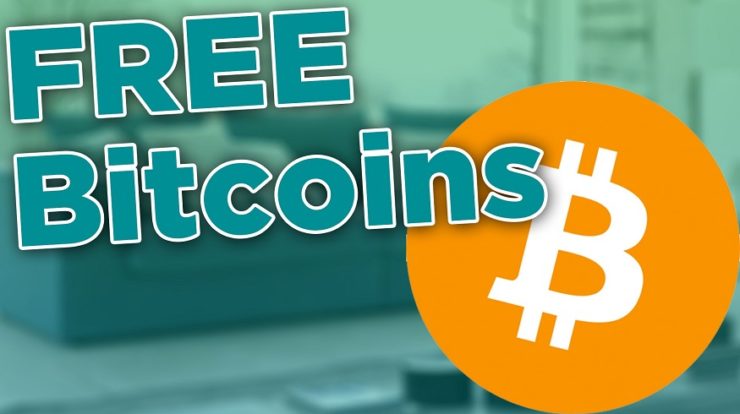
Bitcoin is an innovative payment network and a replacement quite money. Bitcoin uses peer-to-peer technology that operates without centrally-owned banks or manages transactions and issues Bitcoin through a network-wide release. Bitcoin is open-source; its design is public, no one owns and controls Bitcoin, and everyone can participate. Through its many unique assets, Bitcoin allows for intriguing use that cannot be covered by any of the previous payment systems. The credentials of each transaction are protected by the digital signatures associated with the sending addresses, giving all users full control over sending Bitcoin from their own Bitcoin addresses. In addition, one can process transactions using the special hardware computing power and receive a reward for this service in Free Bitcoin. This is often called “mining.”
Regulation of bitcoin
Bitcoin is the first implementation of a concept known as “cryptocurrency”, first introduced by Wei Dai in the 1998 CyberPox mailing list, which suggests a new form of money-making that uses cryptography as its basis. As do Regulates construction and transactions instead of central rights of principal rights. The first Bitcoin description and proof of concept were published in 2009 in a cryptography mailing list by Satoshi Nakamoto. Satoshi left the project at the top of 2010 without telling much about him. Since then, The Nifty has grown exponentially with many developers working on Free Bitcoin.
What do I want to understand to guard my Bitcoin?
We have proposed a system for electronic transactions with no reliability. We begin with a general outline of coins made with digital signatures, which provide tight control of ownership, but are incomplete without a way to prevent duplicate costs. To solve this, we used Peer-A-Work to record a peer-to-peer network, recording public history of transactions that could be used to calculate honest nodes for an attacker. Will become CPUs control a large number of power. The network is strong in its unorganized simplicity. Nodes work together in the same way as horses. They do not need to be identified, because messages are not sent to a specific location and only need to be delivered on a good effort. Nodes can leave and reconnect to the network, acknowledging work evidence of what happened at the time of their departure.
They vote with their CPU power, express their acceptance of legitimate blocks by refusing to work and by denying ineligible blocks by refusing to work with them. Any necessary rules and promotions may be enforced with this consent procedure.
For more update please visit the internet.
